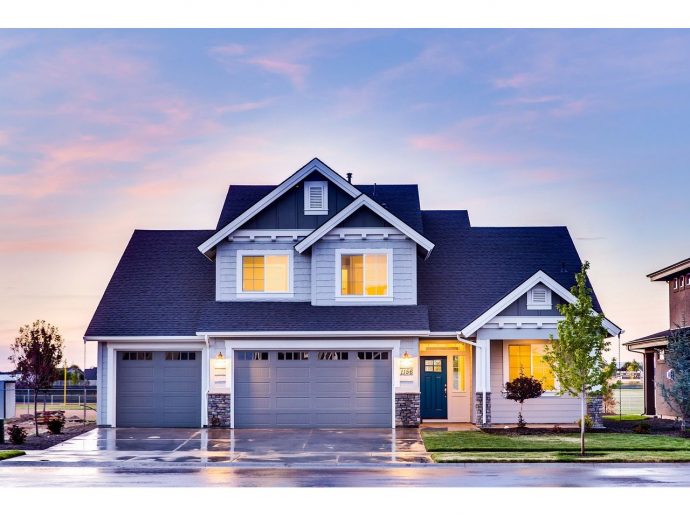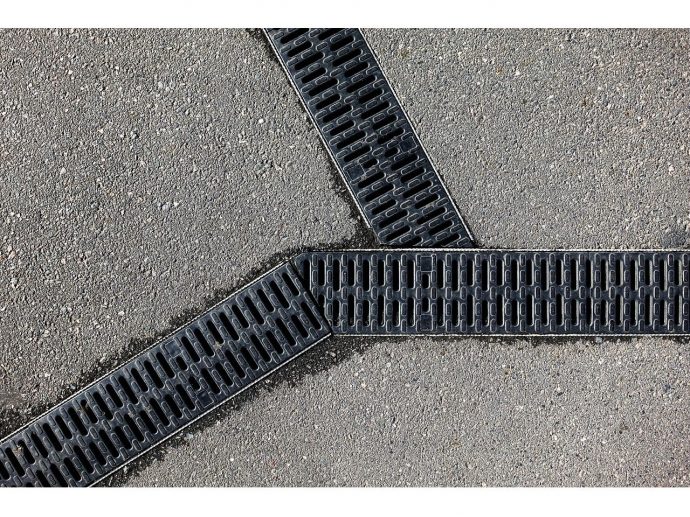Categories more
- Adventures (17)
- Arts / Collectables (15)
- Automotive (37)
- Aviation (11)
- Bath, Body, & Health (77)
- Children (6)
- Cigars / Spirits (32)
- Cuisine (16)
- Design/Architecture (22)
- Electronics (13)
- Entertainment (4)
- Event Planning (5)
- Fashion (46)
- Finance (9)
- Gifts / Misc (6)
- Home Decor (45)
- Jewelry (41)
- Pets (3)
- Philanthropy (1)
- Real Estate (16)
- Services (23)
- Sports / Golf (14)
- Vacation / Travel (60)
- Watches / Pens (15)
- Wines / Vines (24)
- Yachting / Boating (17)
Water Management Made Easy: Exterior Drainage Solutions for Your Home
Published
09/11/2024Are you trying to figure out exterior water management for your home? When it comes to water maintenance in homes, a drop of maintenance is worth a gallon of headaches. The good news is that construction has come a long way in having options for homeowners, looking to protect their valuable investments.
There are a few tips to help you know what to look for and several solutions that may just be the right fit for you! This can help you find the right drainage system for you, how to make it fit in with your home and how to maintain it. After all, homes should feel like a shelter from the storm and with the right exterior drainage solutions, it can do just that!
Trench drains, french drains, surface drains, bioswales, dry wells, and catch basins are exterior drainage systems which are known to help address water flow problems on people’s properties. The trick is to find the best one for you!
1. Where to begin
Are you unsure of where to begin because you have a home with an absorption, grading or basement leaking problem? The good news is that exterior drainage solutions tend to be quick to install and prevent further or future damage. Many times plumbers or specialized landscapers can install these solutions in several hours to several days depending on the scale of the project.
2. Eye Sore No More
If you are concerned about how these exterior drainage options may affect your curb appeal, you will be happy to know that many of these options can mesh with your landscaping or even level up the aesthetic of the property, by following garden beds, pathways or driveways.
Many of these options may be at ground level, which also doesn’t impact your ability to navigate your property. This subtle system on your property can also prevent unwanted pools of waters which can help curb appeal as well, giving your property a more maintained appearance.
3. Types of Exterior Drainage Systems
There are several popular exterior drainage systems. Some of the most common exterior drainage systems are trench drains, french drains, surface drains, bioswales, dry wells, and catch basins. Knowing the differences between them may help you find the best choice for you.
- Trench Drains
Trench drains are lines of drains that take water and then flow it to a basin that catches it or sends it to an outlet that releases the water. It is a simple way of rerouting water to a location that can handle it properly. The simplicity of this method makes it easy to customize for your property, install, and maintain. The simplicity also makes this method affordable.
This method doesn’t not take up very much space and can run linearly along a driveway or other fixture, as long as it allows water to flow in the proper direction. Trench drains tend to have grates that prevent unwanted debris from floating in and clogging up the drain.
- French drains
French drains have ditches or gullies filled with stones that water can flow through. The water reaches a pipe with slits that usually has a fabric mesh around it. This allows water to flow in but debris can’t. The water flows through the pipe to a location that can handle the water. Many people like the appearance of the pebbles or stones, rather than the grates other drains display.
- Surface drains
Surface drains are usually made of indentations like ditches or basins with some sort of coverage over them like grates that prevent debris from getting inside. These drains can curve along landscaping features or near homes to prevent water from staying where it isn’t supposed to.
- Bioswales
Bioswales use indentations in the ground along the natural lay of the land. They then use plants or other natural materials to help absorb or control the water which flows through them. Unless you know that these are drainage systems, you may not know that it is even drainage. It is an example of trying to work with nature and giving a more natural aesthetic instead of curated aesthetic.
Because natural materials like plants do much of the work in this method, there is little maintenance to do, and depending on where you live the plants may receive enough water from the drainage. One factor to consider can be the cost of the plants or materials upfront and planning the ecosystem to work together.
- Dry wells
Dry wells can work for people who live in areas with really bad drainage, areas prone to floods or small outdoor spaces. Dry wells make a hole in the ground which is filled with an empty tank and filled with stones. The water can flow through the stones, into the empty container, which is designed to slowly release water. The slowly released water can hydrate the soil without flooding the ground all at once.
- Catch basins
Catch basins are similar to dry wells, in that water is collected into a hole in the ground with a form of a tank. However unlike the dry well which purposely slowly releases the water, a catch basin uses pipes to relocate the water to a safer location. This can be a good option if a large area of land can not absorb the water it will receive or if the water needs to be relocated a considerable distance.
4. Maintenance
The upkeep of these systems usually boils down to cleaning them occasionally and periodically maintaining them. The main objective is generally to not allow grass or leaves to clog up the drainage option, so that it can continue to move water appropriately.
Many times the company that installs your system can be hired to clean and maintain your system if you would prefer not to have to. Even if they do not service it, they can generally refer you to a landscaping company that can.
The Right Drain for You
You have so many options to drain water on your property. If you need help choosing which drainage system is best for your home, you can think about the grade of your land, your values, the landscaping style and the space that you are working with.
A professional can give you clarification on your property, costs of installation and guidance on maintenance. Rest assured that the proper exterior drainage system can give you peace of mind for the safety of you and your home!
















